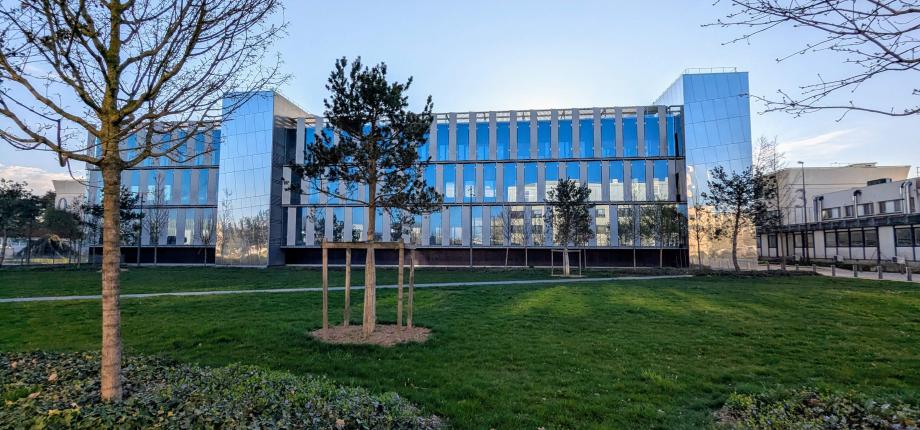Seminar by Dr Adrien BURLACOT, Stanford University, Stanford, CA 94305, USA

Seminar of the Biology Department
Seminar Room (Building 84)
Thursday, 3rd of April 2025 at 14h00
Dr Adrien Burlacot1,2
1Biosphere Science and Engineering Division, Department of Plant Biology, Carnegie
Science, Stanford, CA 94305, USA
2Department of Biology, Stanford University, Stanford, CA 94305, USA
How cells maintain a healthy and productive
energetic balance in dynamic environments?
Life depends on extracellular energy to support growth, reproduction, and survival. However,
the availability of energetic vectors (i.e., organic carbon, light, reductant) is variable in
Nature, and the proper balance of dynamic energy fluxes is required to ensure cell’s health
and organisms’ fitness. Yet how the balance between the cell’s energy supply and demand is
achieved at the cellular level to survive and thrive in dynamic environments remains unclear.
Arguably, the most versatile cell’s bioenergetic network is the one of photosynthetic
organisms since natural factors like canopy movement, clouds, or water mixing quickly and
dynamically affect the amount of light energy available. In this talk, we will explore how
photosynthetic cells maintain their energetic homeostasis in a dynamic environment using the
model green microalgae Chlamydomonas reinhardtii. First, by developing an approach
inspired by frequency-domain analysis, we show that various molecular players of the
photosynthetic electron transport chain harbor a specific domain of energetic fluctuation
frequency for which it can support the cell’s energetic needs, which we term “bandwidth”.
Our findings reveal how the flexibility of the electron transport chain maintains bioenergetic
homeostasis at all timescales in dynamic light conditions. As the dynamic balance of the cell’s
energy occurs at the cellular level, we further show how the development of systematic and
genome-wide analyses of the response to light fluctuations allows us to describe the dynamic
landscape of the bioenergetic network at the cellular level. We will further discuss the
potential impacts of unravelling the dynamics of the cell’s bioenergetic network for improving
energy systems, food production, and the health of plants and humans.


